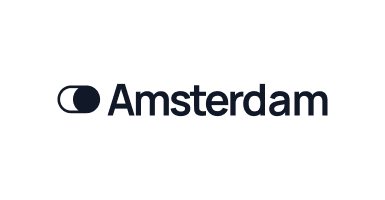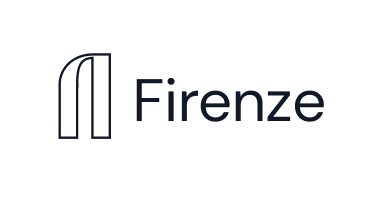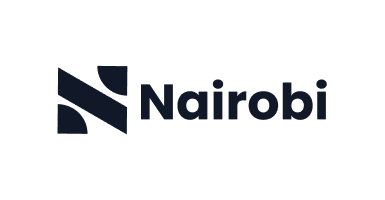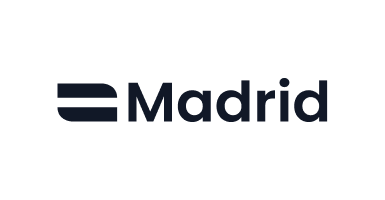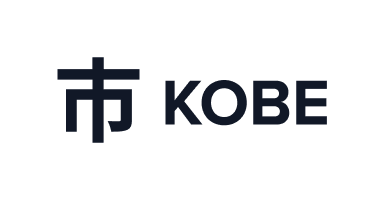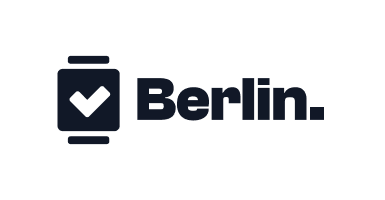NATIONAL BOARD OF COMPUTER EDUCATION COURSES
|
The course content of a Computer Fundamentals course typically covers essential topics to provide a foundational understanding of computers and their operation. Here's a generalized outline of what such a course might include:
1. Introduction to Computers:
- Overview of computer history and evolution.
- Basic components of a computer system: CPU, memory, input/output devices, etc.
- Different types of computers: desktops, laptops, servers, etc.
- Understanding computer hardware vs. software.
2. Computer Hardware:
- Detailed study of computer components: CPU, RAM, motherboard, hard drive, graphics card, etc.
- Peripheral devices: keyboard, mouse, monitor, printer, scanner, etc.
- Understanding hardware specifications and configurations.
- Introduction to computer networks and communication devices.
3. Computer Software:
- Types of software: system software vs. application software.
- Operating systems: Windows, macOS, Linux, etc.
- Applications: word processors, spreadsheets, presentation software, etc.
- Introduction to programming languages and development environments.
4. Data Representation:
- Binary system: binary numbers, binary arithmetic.
- Representing text, numbers, images, and sound in binary.
- Introduction to ASCII, Unicode, and other encoding schemes.
5. Computer Networks:
- Basics of computer networking: LAN, WAN, WLAN, etc.
- Understanding network topologies and protocols.
- Internet fundamentals: IP addresses, domains, URLs, web browsers, etc.
- Introduction to cloud computing and online services.
6. Computer Security:
- Common security threats: viruses, malware, phishing, etc.
- Principles of data encryption and decryption.
- Best practices for securing computers and networks.
- Introduction to cybersecurity concepts and careers.
7. Ethical and Social Issues:
- Digital rights and responsibilities.
- Privacy concerns and data protection.
- Cyberbullying, online harassment, and internet addiction.
- Intellectual property rights and copyright issues.
8. Computer Applications:
- Practical applications of computers in various fields: business, education, healthcare, etc.
- Hands-on experience with common software applications.
- Basic troubleshooting techniques for computer problems.
Who Is This For?
These pages are for anyone who wants to understand programming in a simple way.
- Beginners: If you've never written code before, this will help you get started.
- Learners: If you already know some programming but need a quick reminder, these pages will refresh your knowledge.
Programming concepts are the same in all languages; they just look different. For example:
Example in Python:
print("Hello, World!")
Example in JavaScript:
console.log("Hello, World!");
Both codes do the same thing—print "Hello, World!"—but they are written differently.
Next, let’s learn how to start programming!
Get Started with Programming
To become good at programming, you first need to learn the basic concepts.
No matter which programming language you choose, the core ideas remain the same.
5 Core Concepts to Learn First:
- Variables – Store information.
- If Statements – Make decisions in code.
- Arrays – Hold multiple values.
- Loops – Repeat actions automatically.
- Functions – Organize code into reusable blocks.
It's best to learn them in this order. You also need a basic understanding of:
- Data types (numbers, text, etc.)
- Boolean logic (true/false conditions)
- Operators (math and comparison symbols)
Once you understand these, you can move on to advanced topics.
Programming Languages
A programming language is how we tell a computer what to do using special keywords.
Different languages are used for different tasks:
- JavaScript → Web development
- Python → Artificial intelligence
- C/C++ → Microcontrollers and system programming
Each language has its own syntax (the way code is written).
Here’s how a countdown from 10 is written in different languages:
Python:
for i in range(10, 0, -1):
print(i)
print("Liftoff!")
JavaScript:
for (let i = 10; i > 0; i--) {
console.log(i);
}
console.log("Liftoff!");
The logic is the same, but the way you write it is different.
Start Programming!
If you're new to coding, try these concepts in Python or JavaScript first. Since programming concepts stay the same across languages, you can easily switch to another language later.
What is a Variable?
A variable is like a container that stores information. It has a name, and inside it, we can store a value.
For example, imagine a box labeled favFruit, and inside the box, we put "apple".
Example in Python:
favFruit = "apple"
Here:
- favFruit is the name of the variable.
- "apple" is the value stored inside it.
- = assigns the value to the variable.
We use variables to store and reuse information in our code.
Creating a Variable in Different Languages
Let’s create a variable called favAnimal and store "turtle" in it:
Python:
favAnimal = "turtle"
JavaScript:
let favAnimal = "turtle";
Java:
String favAnimal = "turtle";
C++:
std::string favAnimal = "turtle";
No matter the language, the concept stays the same!
Marketing
From SEO to social media, we create campaigns that not only get you noticed but also drive engagement and conversions.
Rebranding
Your brand is your story. We help you tell it through cohesive visual identity and messaging that resonates with your audience.
Consulting
Empowering your business through strategic digital insights and expertise.
Ready to embark on a journey of digital transformation?
Let's turn your vision into reality. Contact us today to set your brand on the path to digital excellence with us.
Our References
We are in good company.
